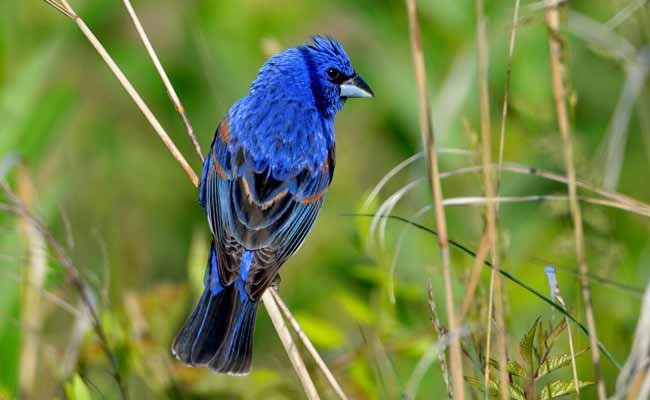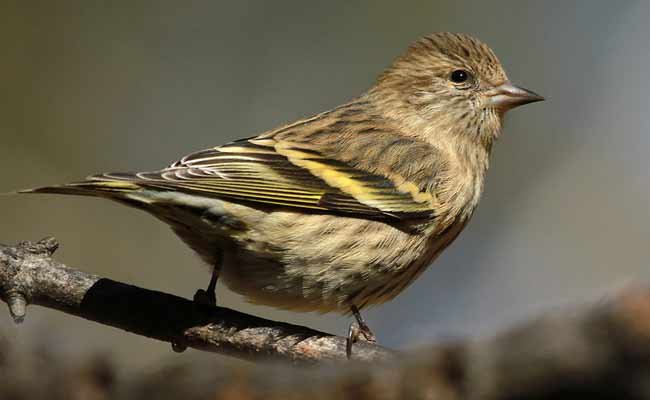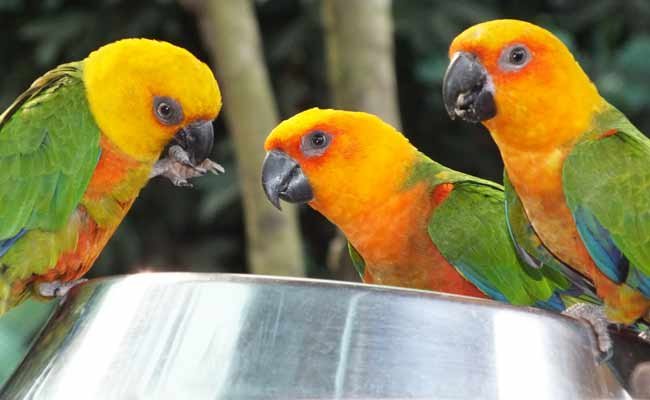
Jenday Conure Care, Habitat, Food, Price, And Personality
March 2, 2021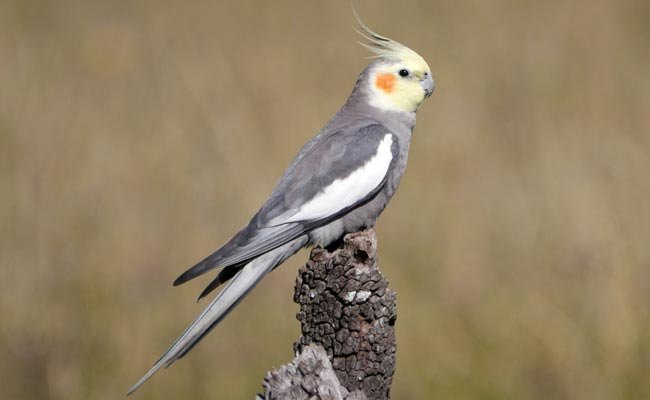
Cockatiel Facts, Care, Food, Habitat, And Personality.
March 5, 2021Java Finch Breeding, Care, Habitat, Price, And Personality. Hello friends, how are you all? Today I will share with you all the information about Java Finch Care, Habitat, Price, Breeding, And Personality. Java sparrows are very beautiful and one of the small pet birds like Society finch. Some scientists believe that the Java finch and the Timor sparrow are from one group. This beautiful bird is a good choice for both experienced and inexperienced owners. These adorable Java finches are very popular as cage birds for many years. So without wasting time, let’s get started with today’s topic.
Java Finch Breeding, Care, Habitat, Price, And Personality.
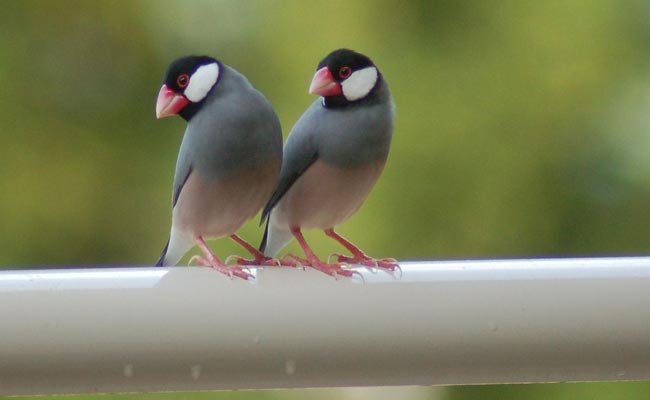
General Information.
Family: Estrildidae
Common Names: Java finch, Java rice finch, paddy bird, Java sparrow, Java temple bird,
Scientific Name: Lonchura oryzivora or Padda oryzivora
Adult Size: 5 To 6 inches
Lifespan: 5 To 10 years
Weight: 25 grams
Species: L. oryzivora
Genus: Lonchura
Kingdom: Animalia
Behavior.
Java finch behavior is quiet, passive, non-aggressive, and social. In the wild, they live in large flocks. These little birds are social, but they are afraid of direct human interaction. If you want to buy java finch, always buy in pairs because this is not a solo pet bird and becomes depressed without another finch. They can live in the same cage with other species of finches.
Habitat.
Java finch is native to the islands of Indonesia like Java, Bali, and Bawean. In java, this beautiful bird is one of the vulnerable species. These finches are also found in Hawaii, Jamaica, Puerto Rico, Sri Lanka. Java sparrows are social birds and live in large flocks on grasslands, cultivated fields, and savannas. In the cultivated fields, farmers consider this bird a pest.
Java Finch Diet And Nutrition.
Although these beautiful birds have become famous for eating rice in the wild, they got their name java rice finch because of eating rice. java sparrow food is seeds, rice, and fruits in the wild. If you are a java finch pet owner, you can give the high-quality seed mix, vegetables, fruits, nuts, grains, mealworms, fly pupae, supplements, Sprouted seed, egg, and biscuits. In fruits, you can give them apple, pear, figs, and paw paw and in greens silver beet, chickweed, seeding grasses, Lebanese cucumber, and endive. Please make sure all the fruits and vegetables are finely chopped before you offer them to eat. Provide them crushed egg and oyster shells which provide extra calcium for their better health.
Java Finch Care And Health Problems.
Java finches become one of the most popular pet birds because of their small size. This little pet bird is best for those who have limited space. Java finch breeding cage size must be 36 x 16 x 16 inches. If you have space, you can make an aviary about 7-feet high, where these beautiful birds can fly easily. Provide perches, ladders, and swings; that way, your pet bird stays happy. Provide them good and healthy food. These beautiful birds love to bath, so provide them fresh water in dishes.
Although Java finch is one of the hardy species and rarely falls ill, this beautiful bird is susceptible to diseases like Aspergillosis, Bacterial infections, and Polyomavirus. If you see any illness signs in your pet birds, then visit a veterinarian as soon as possible. I suggest you quarantine your new pet bird for six weeks before introducing it to your aviary and observe if your new bird shows any. Illness signs.
Java Finch Nesting Habits And Breeding.
In the wild, java finch breeding season starts after the rainy season, or you can say the spring season is their breeding season. On the other hand, in captivity, javas can breed any time of the year if the conditions are proper. In the wild, these finches build nests in holes, eaves of buildings, tree cavities, bushes, and trees. In captivity, budgie nesting boxes are best for their breeding, and don’t forget to provide them nesting material like white feathers, swamp grass, and long grass stems. After the nest completion, the female lays 6 to 7 eggs. Both males and females incubate the eggs for the next 14 to 15 days. After hatching eggs, both parents feed their babies for the next 5 weeks in the nest and 4 extra weeks outside the nest.
Clutch size: 6 To 7 white eggs
Incubation period: 14 To 15 Days
Nestling period: 5 Weeks
Breeding season: Spring
Breeding age: 12 To 16 Months
Java Finch Colors And Markings.
Java finches are available in many different colors and mutations. But the natural color of the java finch is gray. They have a black head and tail, gray back and grayish-cinnamon breast, belly with large white patches on their face. Their beaks are bright reddish-orange, and their feet and legs have bright orange skin. Therefore these beautiful birds look like tiny penguins. Java finches are monomorphic, which means both males and females have the same coloring on their plumage. There is only one way to tell apart that observe them closely during breeding season males sing and females only produce calls. Java finches are available in Various color mutations like cinnamon or fawn javas, cream javas, dark silver, and light silver javas, pied javas, agate javas, black-headed javas, and white javas. Java finch price Can be 50$ T0 100$ depending on the color mutations.
Sounds, Calls, and Songs.
The Java finch has very pleasant and calming vocalizations. Their amazing songs sound like chip-chip-chip. Mostly males sing songs, and females produce calls. Especially in the breeding season, males sing to impress the female.
Final Words.
So, friends, we hope that you enjoy our article Java Finch Breeding, Care, Habitat, Price, And Personality. Please give us your feedback in the comments.

